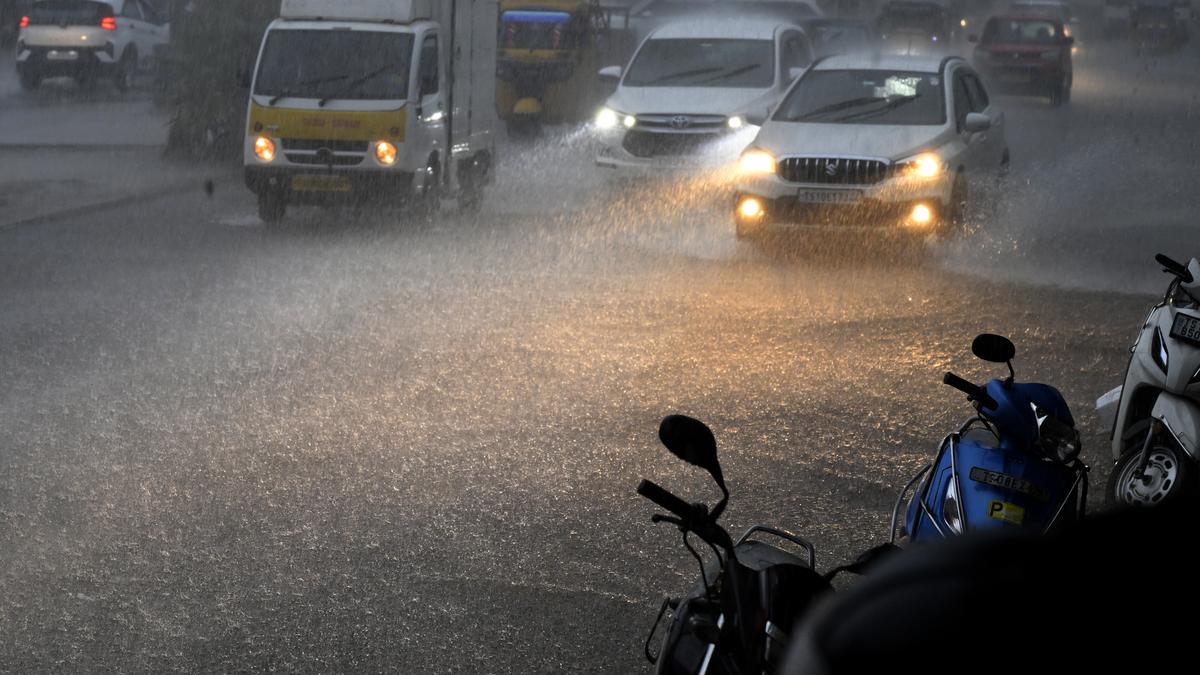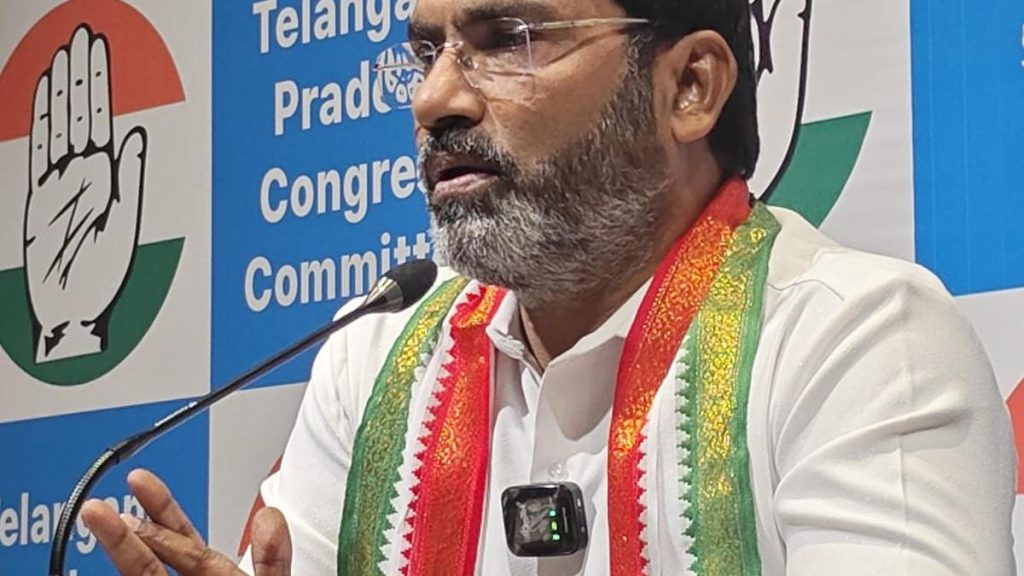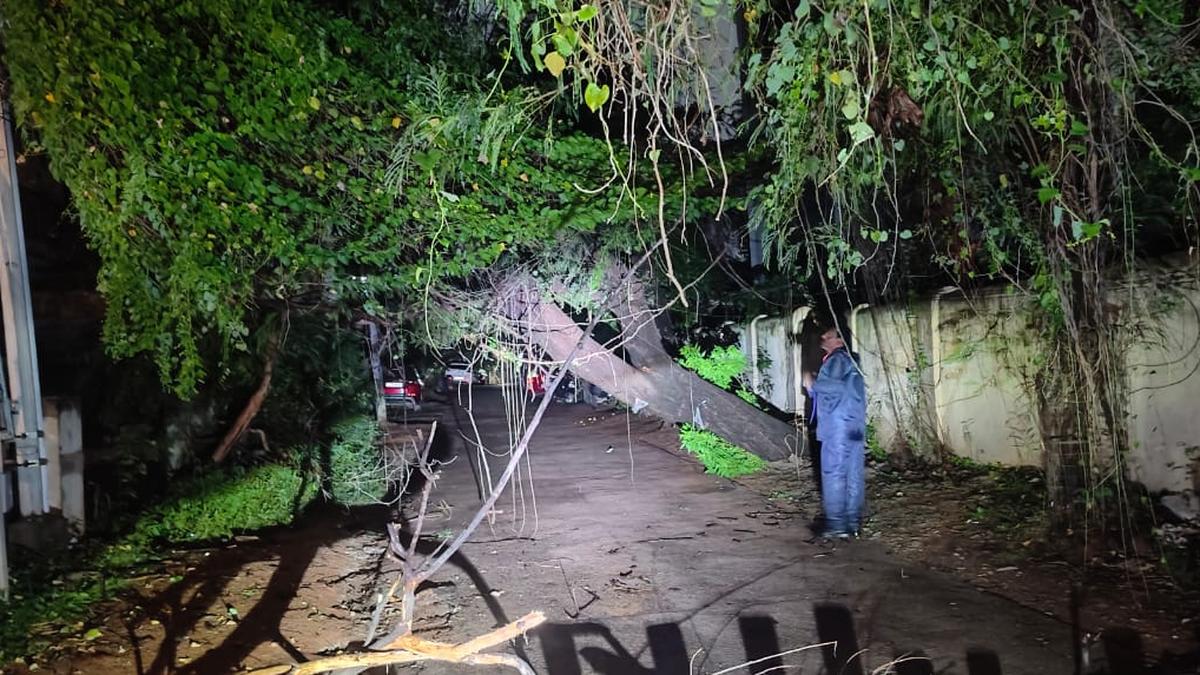Now Reading: Telangana: Kukatpally Sees Heavy Rainfall, Thundershowers Predicted in Hyderabad Saturday
-
01
Telangana: Kukatpally Sees Heavy Rainfall, Thundershowers Predicted in Hyderabad Saturday
Telangana: Kukatpally Sees Heavy Rainfall, Thundershowers Predicted in Hyderabad Saturday

Fast Summary
- Hyderabad experienced heavy rainfall on Friday evening (July 18, 2025), affecting traffic flow in parts of the city despite sunny weather on Saturday.
- Telangana Advancement Planning Society recorded important rainfall between Friday morning and Saturday morning:
– Pulkal mandal, Sangareddy: 129.5 mm (highest)
– Dharmasagar, Chevella mandal, Rangareddy: 123.5 mm
– Bowenpally Ward Office area, Medchal Malkajgiri: 115.3 mm
- Additional rainfall data for notable areas:
– Pikit Health Center area in Maredpally (Kukatpally circle): 115.0 mm
– nacharam Ward Office area in Uppal: 101.5 mm
- India Meteorological Department forecasted light to moderate rain or thundershowers with gusty winds (30-40 km/h) for Hyderabad during Saturday evening/night.
- Minister Ponnam Prabhakar confirmed Chief Minister A. Revanth Reddy’s regular reviews of the situation and reported coordinated efforts to address issues at identified waterlogging points.
Indian Opinion Analysis
The heavy rains over Hyderabad highlight two critical aspects of urban resilience against unpredictable weather patterns and potential climate-linked volatility in Indian cities.
First, precise data collection by regional agencies such as the Telangana Development Planning Society demonstrates how monitoring systems can offer crucial insights into localized effects of extreme weather events-essential for future disaster preparedness.
Second, effective coordination cited by Minister Ponnam Prabhakar underscores an approach toward mitigating immediate difficulties arising from waterlogging points-a frequent urban challenge during monsoons across India’s metro regions like Delhi and Mumbai as well.
For India broadly speaking-while progress markers such as proactive ministerial oversight are noteworthy-increasing unpredictability due IMD sensor grids intensively calls deeper addressing gaps yet persisting long-term systemic infrastructural bottleneck ;























